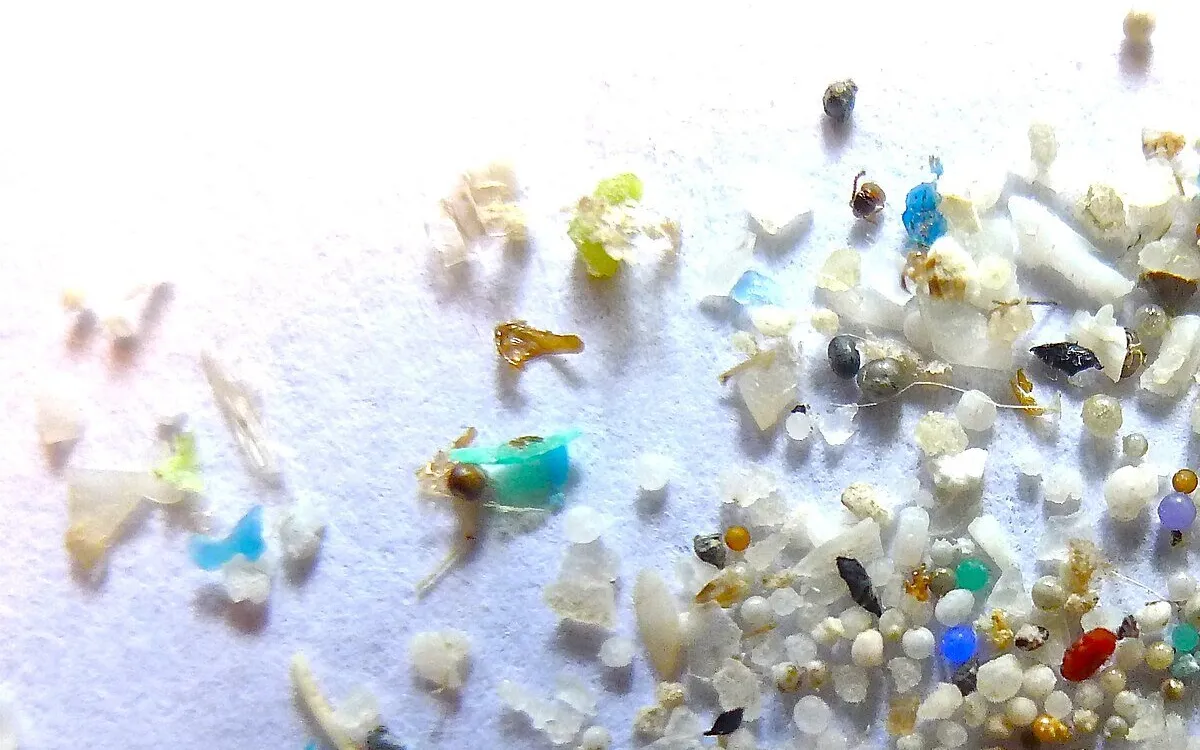
Each year, a staggering 460 million metric tons of plastic are produced globally. Alarmingly, 91% of plastic waste generated is never recycled. Instead, approximately 12% of this waste is incinerated, while a shocking 79% ends up in landfills and oceans, persisting in our environment for centuries. This accumulation of plastic waste not only poses environmental challenges but also contributes to public health concerns.
As plastics are exposed to various environmental elements, they break down into smaller fragments known as microplastics (measuring less than 5 mm) and nanoplastics (less than 1,000 nm). Recent studies have heightened concerns regarding the potential health implications of these nanoplastics, which can enter the human body through various exposure routes including air, water, food, and skin contact.
A recent study published in ACS ES&T Water has revealed that the harmful effects of nanoplastics are exacerbated by their ability to interact with toxic environmental contaminants, such as heavy metal ions. Researchers from the New Jersey Institute of Technology discovered that nanoplastics synthesized from real-world plastic waste—specifically composed of polyethylene terephthalate (PET), polystyrene (PS), and polypropylene (PP)—can effectively adsorb harmful metals such as lead and cadmium. These nanoplastics can act as "Trojan horses," transporting these toxic metals into living organisms and increasing the risk of bioaccumulation.
Studies have shown that nanoplastics can migrate within the human body, with their presence detected in human blood, fecal samples, autopsied lungs, semen, and even human placentas. The immune system's attempts to eliminate these foreign particles can lead to a heightened risk of neoplasia—the uncontrolled and abnormal growth of cells or tissues—and persistent inflammation. Moreover, the large surface area of nanoplastics enables them to easily adsorb heavy metals like lead, cadmium, mercury, and arsenic, making these toxins more bioavailable and intensifying potential health risks.
Most research evaluating the effects of nanoplastics has utilized commercially produced uniform polystyrene nanoplastics, which do not accurately reflect the irregular sizes and shapes of real-world nanoplastics. Research has established that the size and shape of nanoplastics significantly influence their physicochemical properties and toxicity levels. In this latest study, the research team collected waste plastics from garbage, including water bottles made of PET, candy boxes made of PS, and food take-out containers made of PP.
Using coarse salt as a milling medium, the researchers synthesized nanoplastics from real plastic waste without any additional chemical assistance. They employed techniques such as dynamic light scattering, electron microscopy, and spectroscopy, revealing that the resulting nanoplastics were irregularly shaped and had particle sizes below 200 nm, closely resembling the nanoplastics found in the environment.
The synthesized nanoplastics demonstrated a remarkable capacity for adsorbing heavy metal ions, including manganese, cobalt, zinc, cadmium, and lead cations. Notably, polypropylene showed the highest adsorption capacity among the plastics tested, successfully adsorbing over 99% of Pb2+ within just five minutes of contact. The adsorption experiments indicated that the process involved chemisorption, forming a monolayer of heavy metal ions on the homogeneous surfaces of the nanoplastics.
The researchers emphasize the critical need for further investigation into nanoplastic-heavy metal ion interactions to fully comprehend their toxicity and environmental impact. This research is vital for informing effective strategies aimed at mitigating nanoplastic pollution and protecting public health. As we face the mounting challenges of plastic waste, understanding the implications of nanoplastics is essential for safeguarding both our environment and our health.